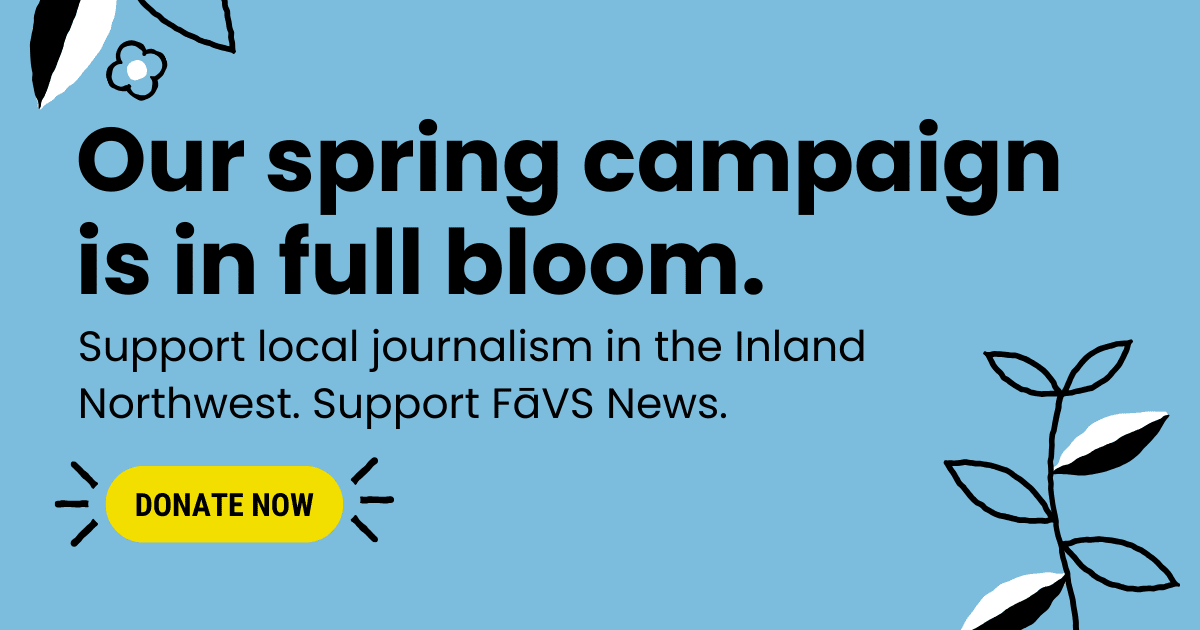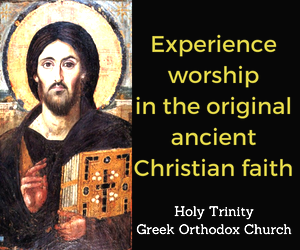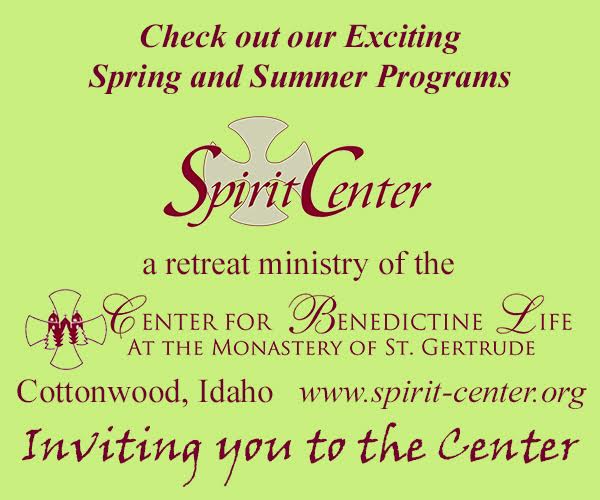In Praise of Quaker Colors
Commentary by Walter Hesford
I can’t find the passage now, but I know it’s there. Sometime in the late fall or early winter of 1853, Henry David Thoreau wrote in his journal that nature now has Quaker colors.
Every morning I religiously read passages from a tattered paperback version of the 1906 edition of Thoreau’s journals, his multi-volume masterpiece often critiquing society but always celebrating the natural phenomena that unfolded around him. His daily observations cheer me up and encourage me to value the world unfolding around me.
Like many of us, Thoreau relished the flourishing of vivid colors from spring through early fall. He sometimes struggled to keep his spirits up come November as many of the flora he loved died out or took a rest, and nature’s palette became rather bleak.
Those of us in the Inland Northwest can certainly appreciate this, especially as the bleakness continues through January and February and sometimes even into March. My wife, who grew up in Pullman, tells me that winters used to be colder but brighter here. Now, she thinks, the dreariness of Seattle drifts our way.
Following Thoreau’s example, I suggest we see the beauty in the bleakness, in nature’s “Quaker colors.” Traditionally, Quakers wore clothing with subdued tones. (For an excellent display of traditional Quaker clothing, google “Quaker Dress , An Agreeable Tyrant: Fashion after the Revolution.”)
This clothing befits those who often still worship in subdued silence. I have only worshiped with Quakers a few times, and I have to admit that for me it is a challenge to listen quietly as they do for the spirit to move them to speak and, in olden days, quake with inspired enthusiasm.
I can, however, appreciate the quiet spirit that moves the quaking aspen across from our cabin. Even in winter, their wispy branches sway in a light breeze. And I appreciate the grays, tans and olive greens of traditional Quaker clothing and of our sky and landscape at this time of year.
To these colors we might add the russets of leaves still miraculously hanging on to the scarlet oaks in our neighborhood, and the tawny yellow of the rose bush leaves in our backyard or in Manito Park.
Though doubtlessly not designed to teach us anything in particular, these leaves, through their perseverance, may encourage us to hang in there, to persevere through dark times.
Even trees barren of leaves may encourage us. One of the most inspiring books I ever received was “The Shape of Winter Trees,” given to me at the time I was graduating from a university after years of study without a job in sight. Looking at the trees’ grey and brown branching fractals, revealed only when leaves are absent, helped lift me out of my despair.
If we’re desperate for a little more color, we may wander through wetlands. Here in Moscow, I explore the flooded banks of Paradise Creek, where I can spot red dogwood osiers surrounded by flaxen tall grasses. Closer to the creek, river willows shoot sprouts upward toward the sky. The sprouts are so greenish yellow one would think that spring has already sprung.
Looking close to the ground I see berries, weeds and fallen leaves in various shades of ochre, umber and burnt sienna — all those great old Crayola crayon colors mixing it up with the Quaker colors. What a happy dance!
I haven’t even mentioned the birds that flit through our winter landscape, displaying bright flashes of green, gold, blue, orange and red, along with splashes of the more subtle Quaker colors. I haven’t mentioned them in part because with my old eyes and ears, I have a hard time grasping their fleeting presence.
Nonetheless. I know that they are there, elusive and enticing, like that Quaker color passage from Thoreau’s journal I can’t find.









Umm I couldn’t find anything about how the Quakers precive colors can you maybe add that like rn because I would really like to be able to find it for my presentation.